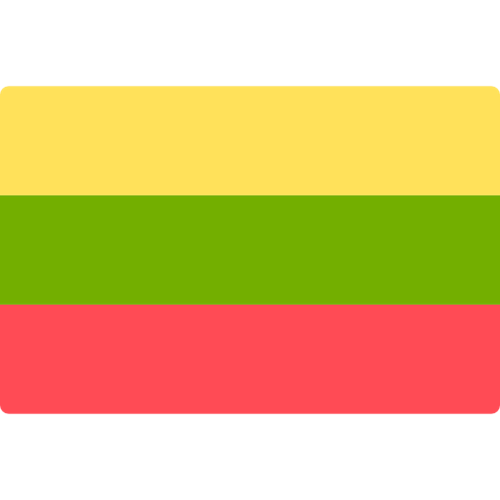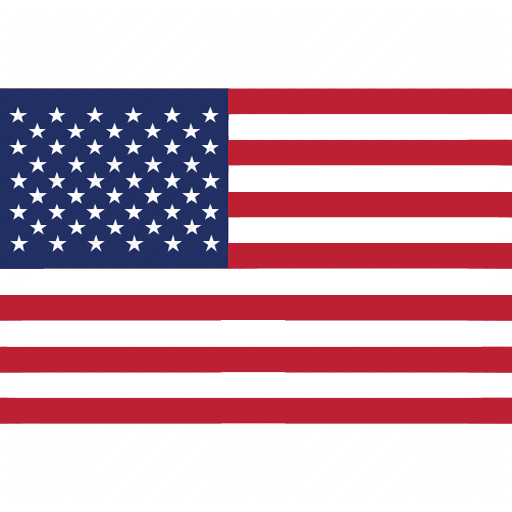Explaining Acceptance Quality Limit (AQL) for product inspection


During product inspection, Acceptance Quality Limit (AQL) is commonly adopted in the industry as the sampling standard. Formerly known as Acceptable Quality Level, Acceptance Quality Limit (AQL) was developed several decades ago by Harold F. Dodge and fine-tuned by him and other statistics experts over the years.
Nowadays, AQL is widely accepted as an effective approach to random sampling during product inspection, with calculated risks for customers and suppliers taken into consideration. It lays out a quantitative reference to both buyers and suppliers on how many defective products are accepted under one single inspection according to the AQL sampling guidelines.
Interpreting defects under product inspection
One key thing to understand before talking about AQL is defect. For mass production, it is inevitable to find products with different levels of defects, which can directly impact the economic benefits to the buyers.
Inspection, mainly conducted as final random inspection, provides an objective and measureable quality assessment of the batch of products that the buyers are going to receive. With the results from inspection, buyers will be able to have a picture of the possible defective problems with the batch of products, and thereby make a decision concerning the goods arrangement.
Different buyers may have a different interpretation of defects, which are further classified as critical defects, major defects, and minor defects. Usually, buyers specify their expectation in the defect definition in their inspection protocols or manuals for inspectors’ execution.
Generally speaking, the three types of defects are interpreted in the following ways:
- Critical defects: a defect that fails to meet mandatory regulations and/or affects the safety of consumers/end users.
- Major defects: a defect that leads to product failure and reduction of product’s usability or saleability to a large extent.
- Minor defects: a defect that shows deviation from quality standard but is not likely to reduce the usability or saleability of the product.
In real terms, for example, a needle found in a pair of children’s trousers is considered a critical defect, a malfunctioning battery in an electric torch a major defect, while a scratch-mark on a wardrobe would be a minor defect.
Understanding General and Special Sampling Level
The AQL guideline consists of two sampling levels: the General Sampling Level and Special Sampling Level. The latter, as the name suggests, is adopted mainly for special purposes, such as destructive checking.
There are three sub-levels under General Sampling Level, namely GI, GII and GIII, which represent ‘Reduced’, ‘Normal’ and ‘Tightened’ sampling respectively. The ratio of sampling size to lot size increases from GI to GIII level. In most cases of mass consumer products, GI and GII are used for normal inspection.
Decoding AQL level setting
Similar to the interpretation of defects, it is very common for buyers to hold varied levels of strictness and expectation in their products’ quality, which leads to varied AQL level setting.
Under normal inspection, AQL levels range from 0.065 to 6.5. The larger the AQL level, the more lenient the inspection.
For general consumer products inspection, AQL level is usually set at 2.5, which implies a zero tolerance for critical defect, 2.5 for major defects, and 4 for minor defects.
Getting started with AQL for product inspection
With the inspection level and AQL level fixed, we can start using AQL for inspection. In the first AQL table, assuming the lot size is 1000 and the inspection level is GII, the letter code J is obtained.

Moving to the second AQL table and using the letter code J, you will know that the sampling size of this batch of goods is 80 units. Assuming the AQL level is 2.5, the acceptance number is 5 and the rejection number is 6. In other words, the AQL suggests that you accept this batch of products if five or fewer defects are identified in the inspection, but to reject the batch if six or more defects are found.

However, in some situations, there could be cases when your letter code and ALQ level will mean you arrive at a blank cell. Assuming your letter code is N and the AQL level is 4, you will need to take 21 and 22 as the acceptance and rejection numbers respectively.

Product inspection is very useful in understanding the quality of goods before shipment. Leveraging AQL effectively provides good insights and objective measurement of quality so buyers can make relevant decisions about the purchasing order. If buyers need assistance in developing their own inspection programmes and requirements, we will be happy to use our expertise and experience in the industry to help.




© Eurofins Assurance 2025 Personal data protection policy

















































